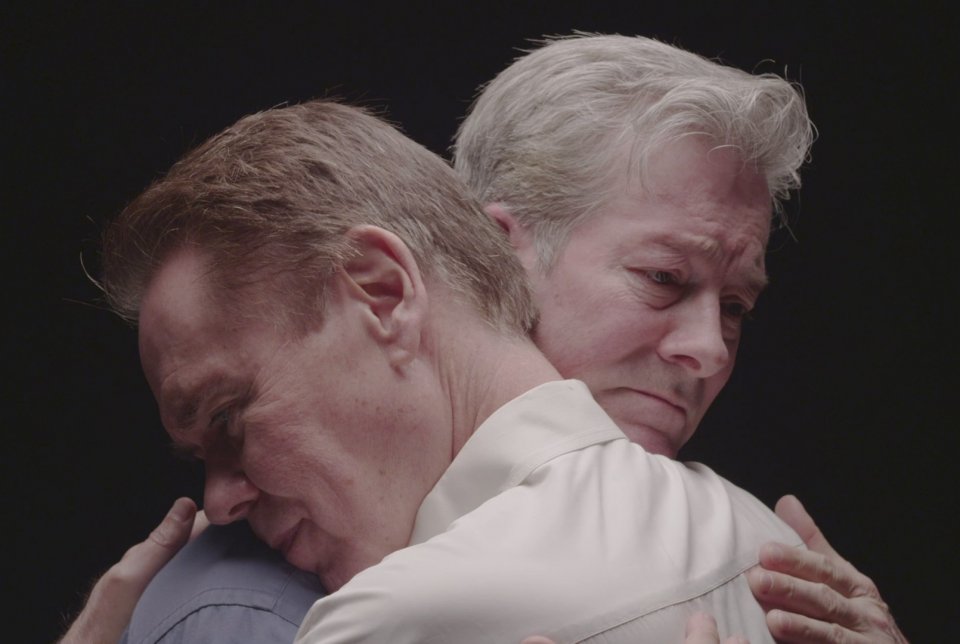Dear Betty: Run fast, bite hard! (a theoretical framework for the exhibition, part 1)

Dear Betty: Run Fast Bite Hard![1]
Introduction
The Wikipedia page “Destruction of cultural heritage by ISIL”[2] seems like the literal, well-organized reply to the sentence “We will destroy the museums, libraries, academies of every kind”[3] shout with rough onrush in the Manifesto of Futurism in 1909. Standing on the edge of global war, while technological singularity sounds like the closest future, ultranationalism raises in many countries of the world and Accelerationists state that “the only radical political response to capitalism is […] to accelerate its uprooting, alienating, decoding, abstractive tendencies”[4], it seems as banal as legit to turn a hopeful look at Futurism, with its inner contradictions as well as its achievements, searching for unexpected answers or clamorous denials to the issues of our time. The following text tries to address some comparative insights on contemporary narratives and Futurist stories, thanks to six programmatic manifestos that succeeded one another from 1909 until today, and float in the undefined, fertile space between futurism, cyber-feminism, techno-animism and dogs.
1. Dear Betty / Umberto Boccioni loved his dog
“Dear Betty” is the title of a hilarious painting by Umberto Boccioni that portrays Betty, the beloved dog of the painter, posing on a sofa (La Cara Betty, 1909, currently in GAMeC’s permanent collection). The domestic subject and the disciplined style of the portrait definitely belong to a not-futuristic kind of sensitivity, far away from the machist, technical-progress-enthusiastic and war-loving dictates readable in the coeval first “Manifesto of Futurism” – to the extent that the painting has often been source of disappointment, if not of embarrassment, in the academic historicization of the whole production of the artist.
Far from being the first time that a “passatist pensive immobility” betrays the officially known as Futurist – and therefore alfa male, misogynist, “electric-hearted” Umberto, Betty stacks on the top of a pile of undisguised de-futurist evidences, featuring, for example, a series of secret love letters written by Boccioni from the battlefield, showing a certain reconsideration of the artist’s former interventionism; the painter’s private diaries, in which he expresses his never-ending love for great artists of the past, unfailingly censored by his fellow futurist friends; the needless-to-mention huge number of paintings and drawings portraying the painter’s mother, described as “generative Nature of all things” and “painting generating the world”[5].
The peculiar sensitivity shown by Umberto Boccioni, refusing to settle into static equations of a stereotypical view of gender relationships and patriarchal nationalistic order[6], has been obviously underemphasized in the traditional reading of his work and thought. Nevertheless, if we peek in the correspondence the artist was simultaneously keeping with his fellows and with the few exponents of the “feminine world” he related to (his lover Vittoria, his mother and his sisters), we can read the schizophrenic struggle between his sincere belief in the dogmas of Futurism on one hand and his natural tendency to express a more complex view of existence, war and gender on the other.
In this context, it is hard not to fall in temptation of exploring this alternative undercover Boccioni (symbolized in his pictorial declaration of love for the “dear Betty”), or to wonder how his sensitivity could have evolved in a different historical time, maybe in an epoch less challenged by the radical Futurism of the first hour and the consequent psychological pressure (read: terrorism) it provoked in its followers. The unfortunate contingency of the artist’s early death makes it impossible for us to know, since in 1916 Boccioni left at 33 in a completely accidental – and quite ironical – event, falling from his horse (a female horse), who bucked him off at the sight of a running truck.
[1] The idea for this short essay comes from the artworks and themes featured in the exhibition “Dear Betty: Run Fast Bite Hard!”, in which the dialectic between the dogmas of the Futurist Manifesto and a coeval portrait of the dog of Boccioni activates a complex temporized video installation on the co-evolution between humans and canines as a political and ethical manifesto in contemporary techno-cultures.
Dear Betty: Run Fast Bite Hard! at GAMeC, Bergamo, May 13th – July 24th , 2016
Curated by: Lucrezia Calabrò Visconti
Artists: Ivan Argote / BFFA3AE / Umberto Boccioni / Adam Cruces / Tracey Emin / Yulan Grant / Tue Greenfort with Lisa Rave / Conall McAteer / Tracey Moffatt / Tabita Rezaire / Franco Vaccari
More info
[3] Manifesto del Futurismo, 1909 (English translation: 1973 Thames and Hudson Ltd, London).
[4] Alex Williams and Nick Srnicek, Manifesto for an Accelerationist Politics, 2013.
[5] Introduction to La Grande Madre, 2015, Palazzo Reale, Milano. Curated by Massimiliano Gioni for Fondazione Nicola Trussardi, Milano.
[6] Terry Smith (Editor), In Visible Touch: Modernism and Masculinity, The University of Chicago Press, 1997.
Tags: Bergamo, bite hard!, Dear Betty: Run fast, Gamec, mostra, Umberto Boccioni






Commenti